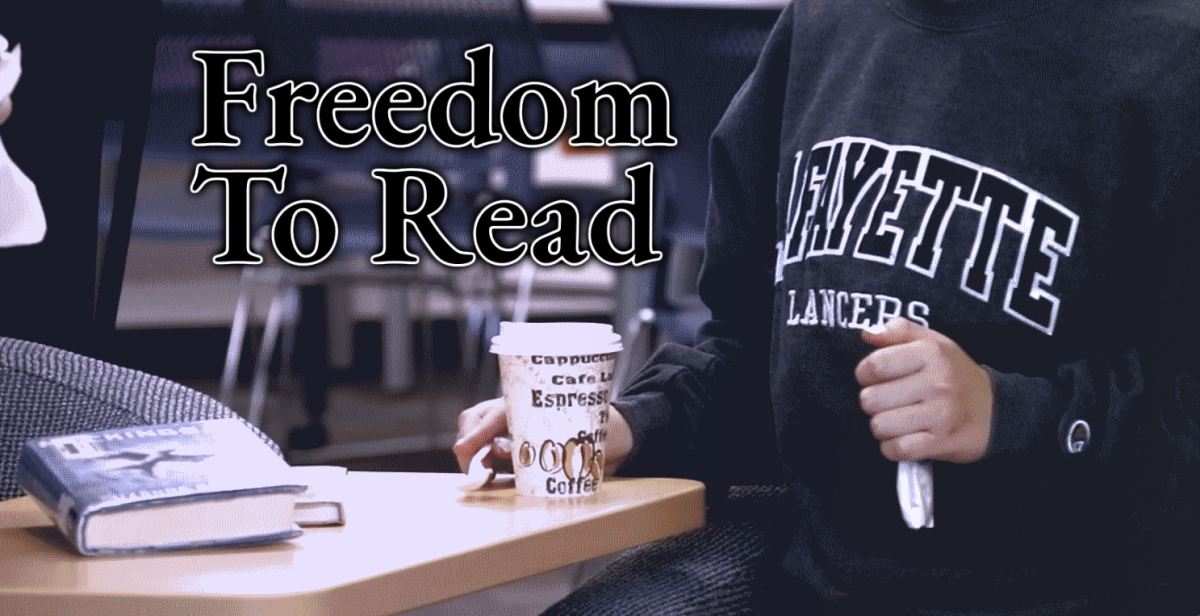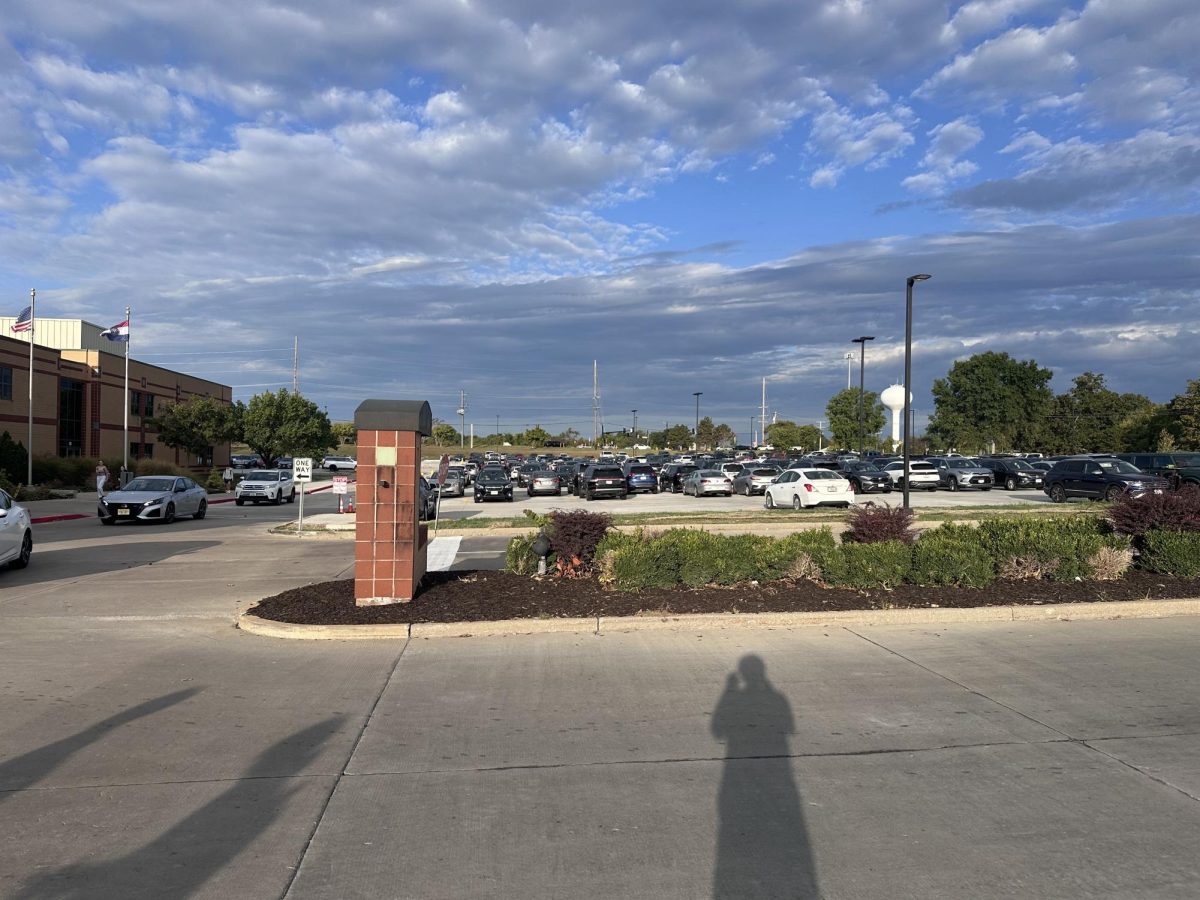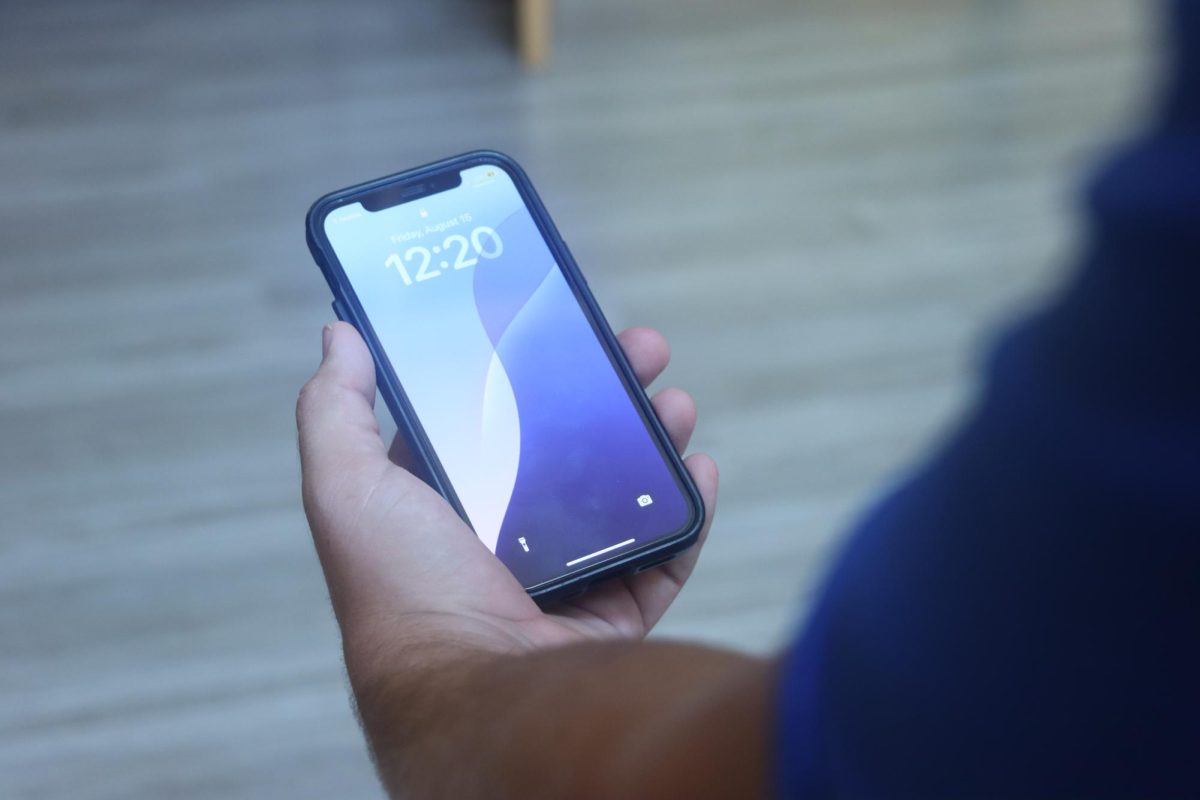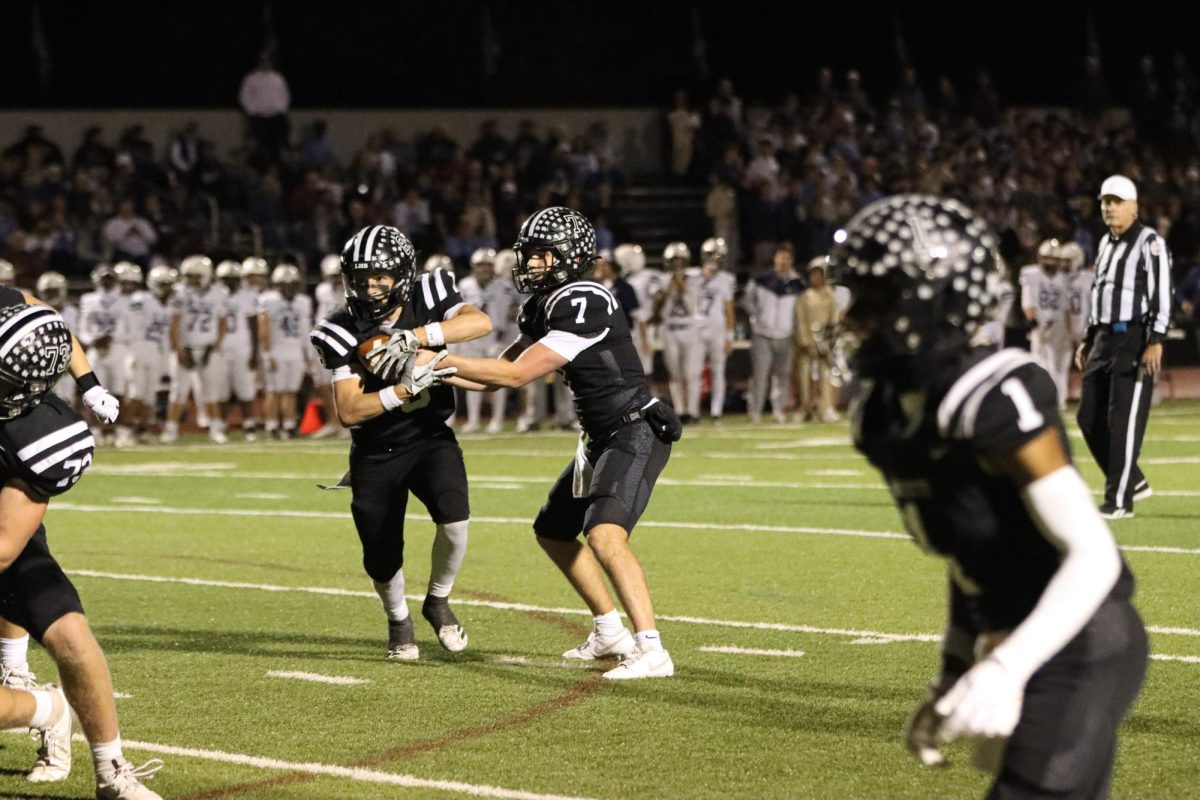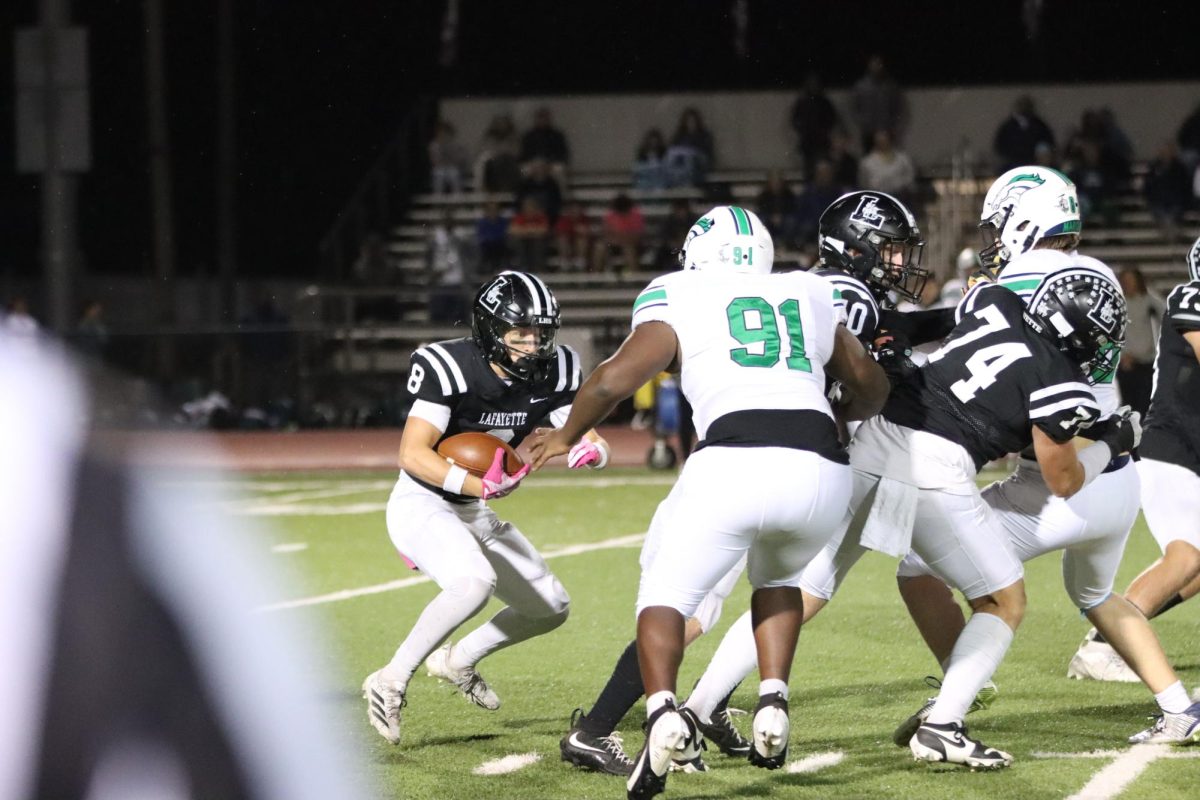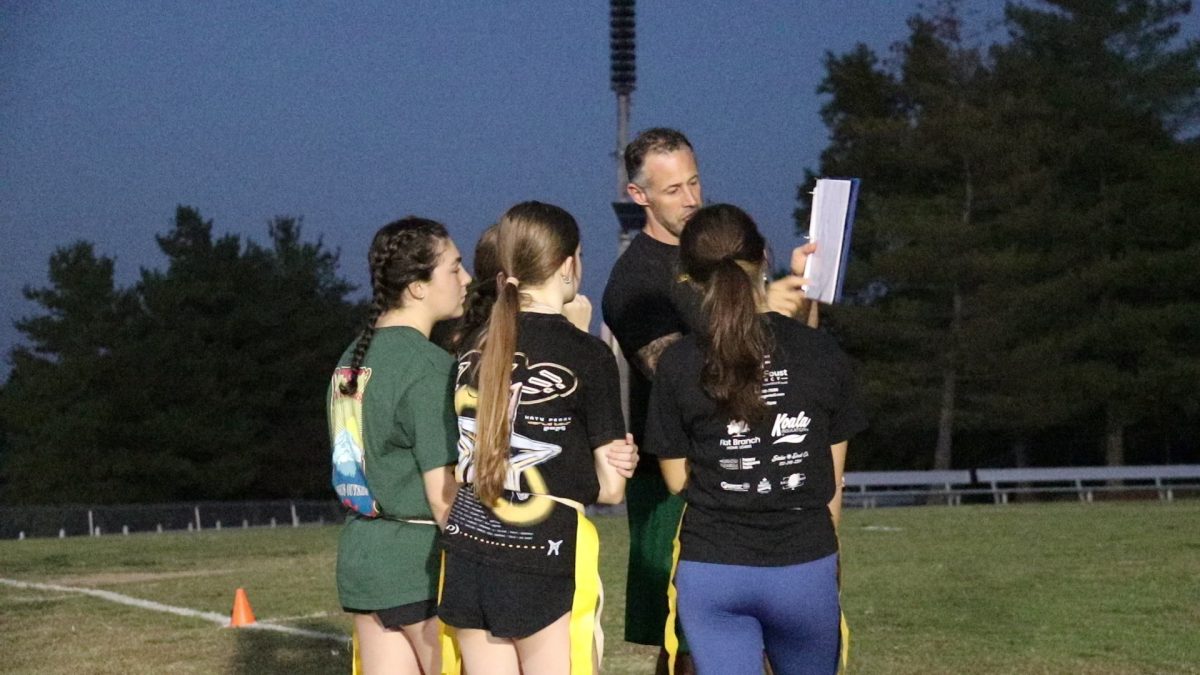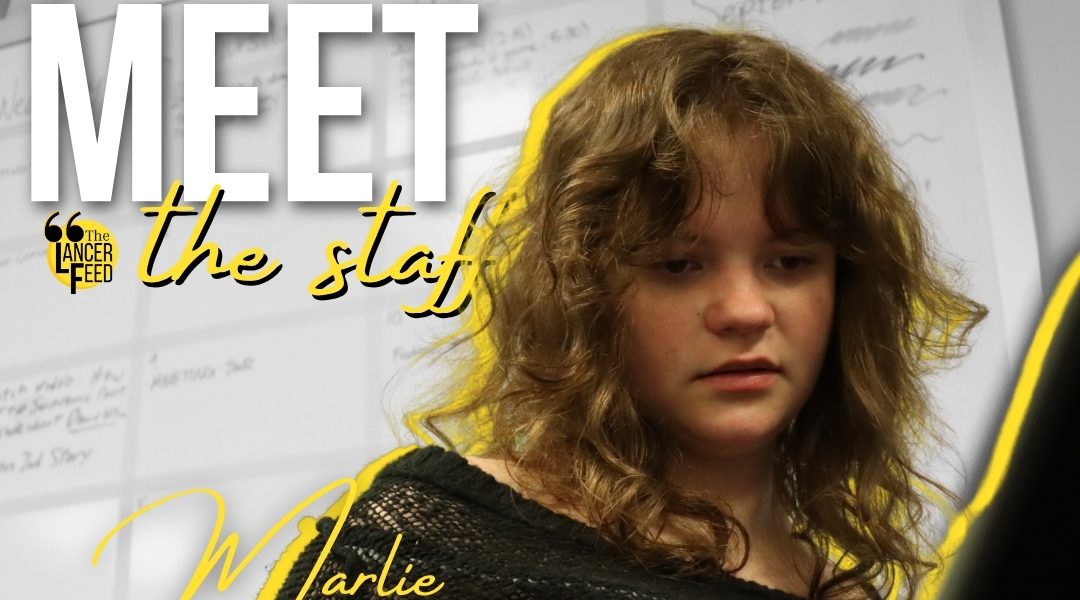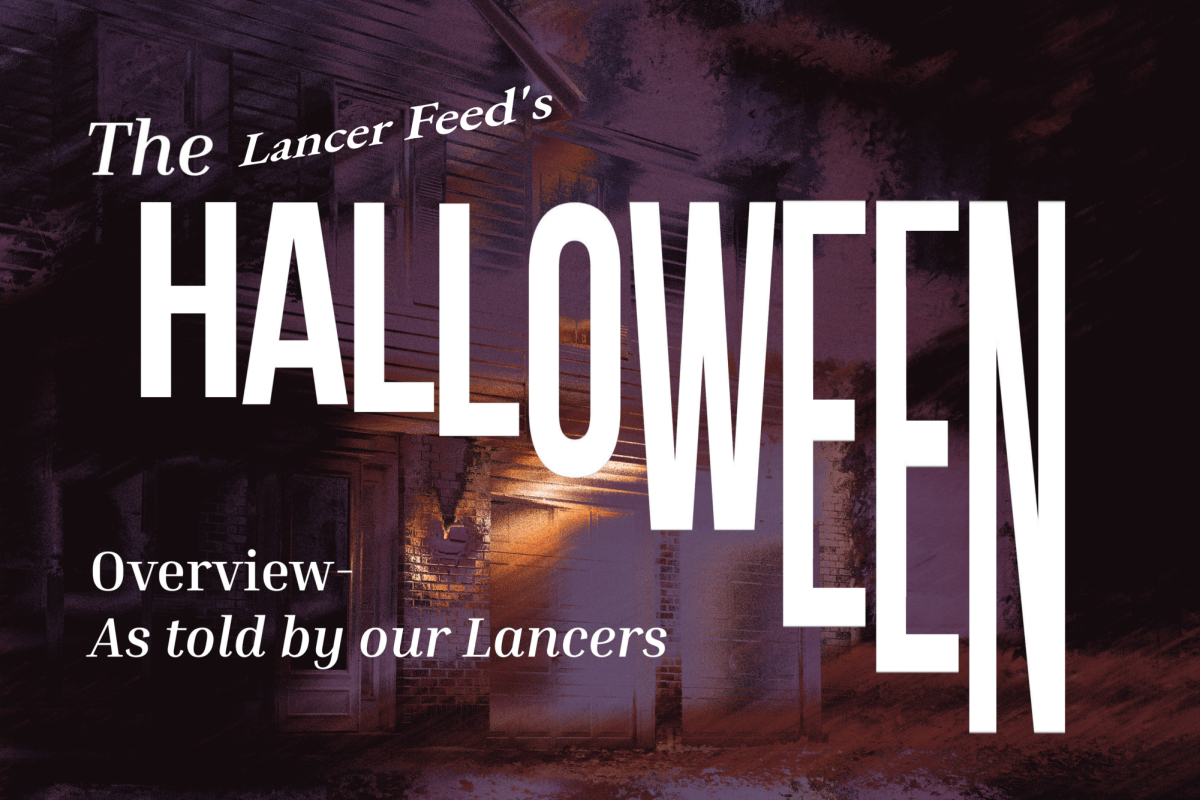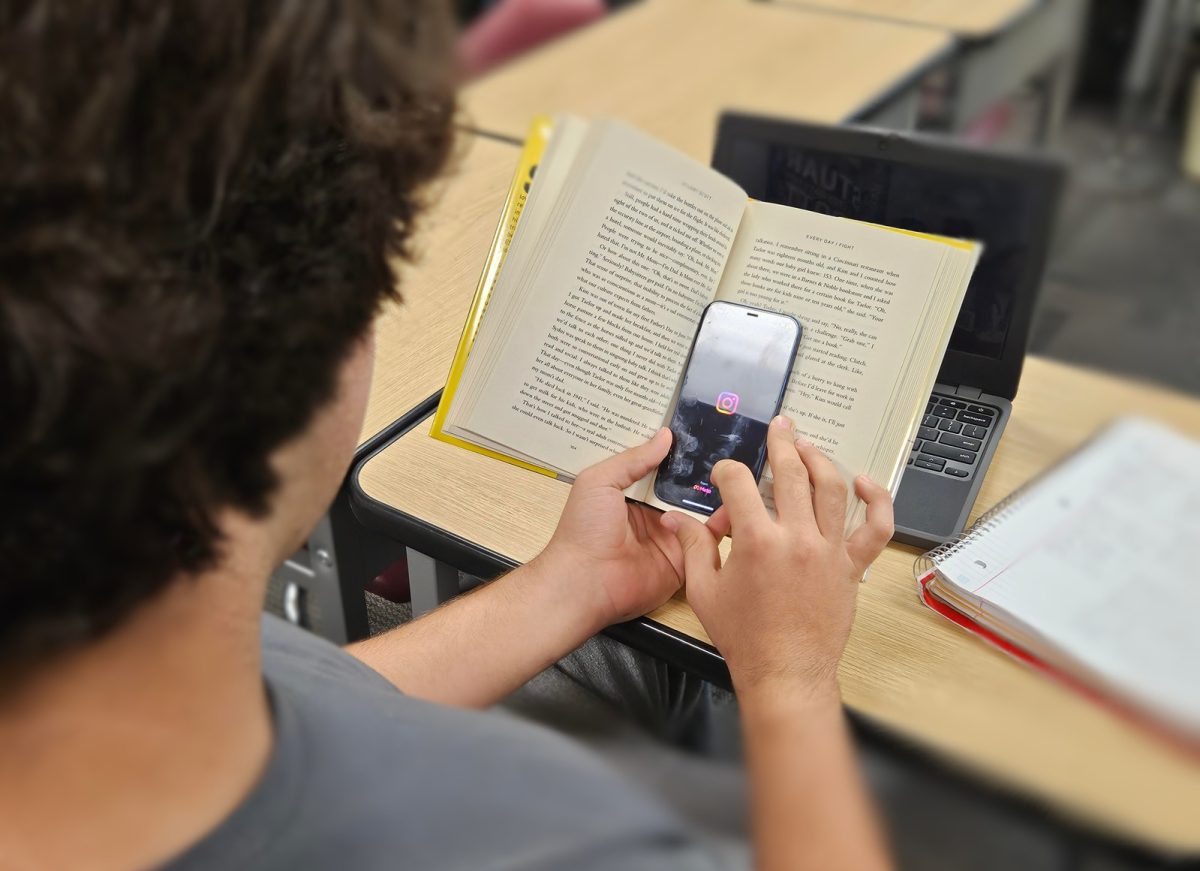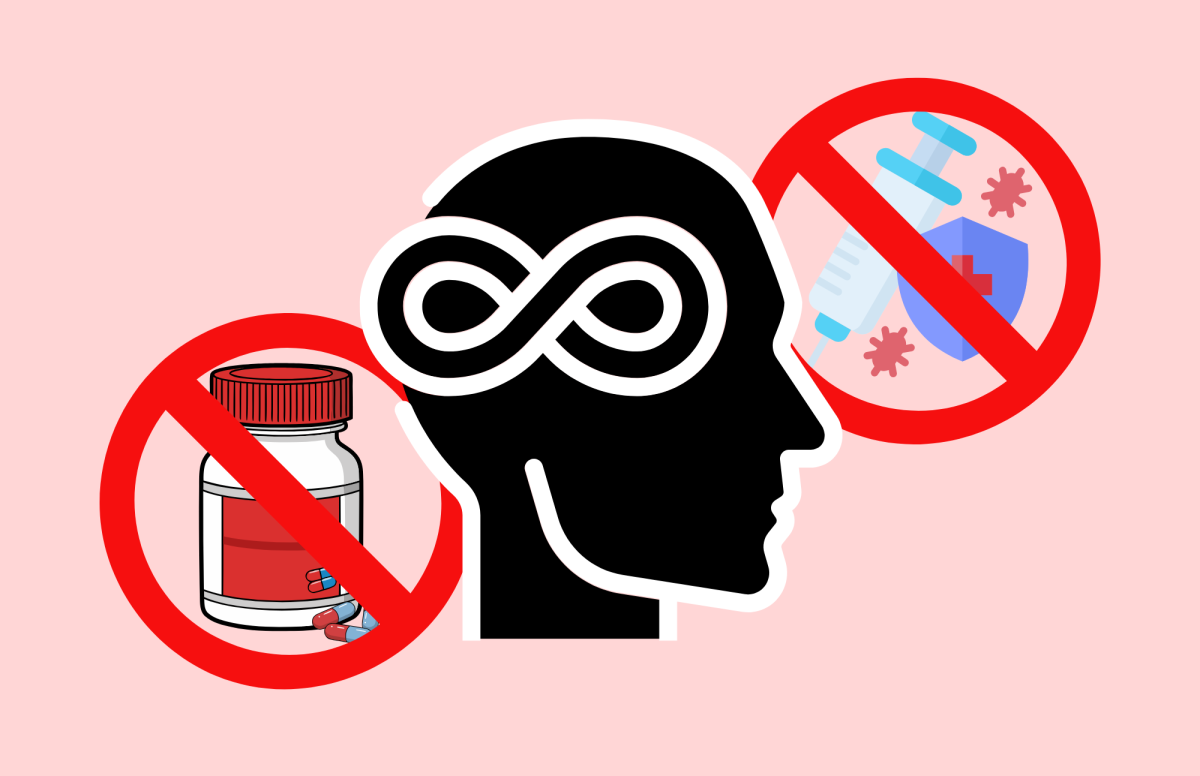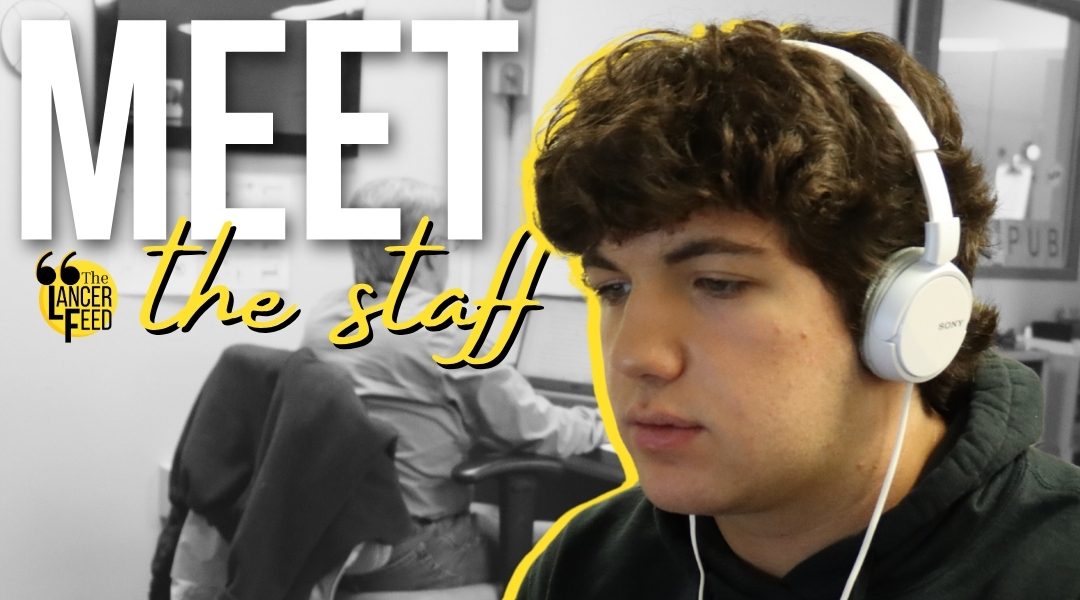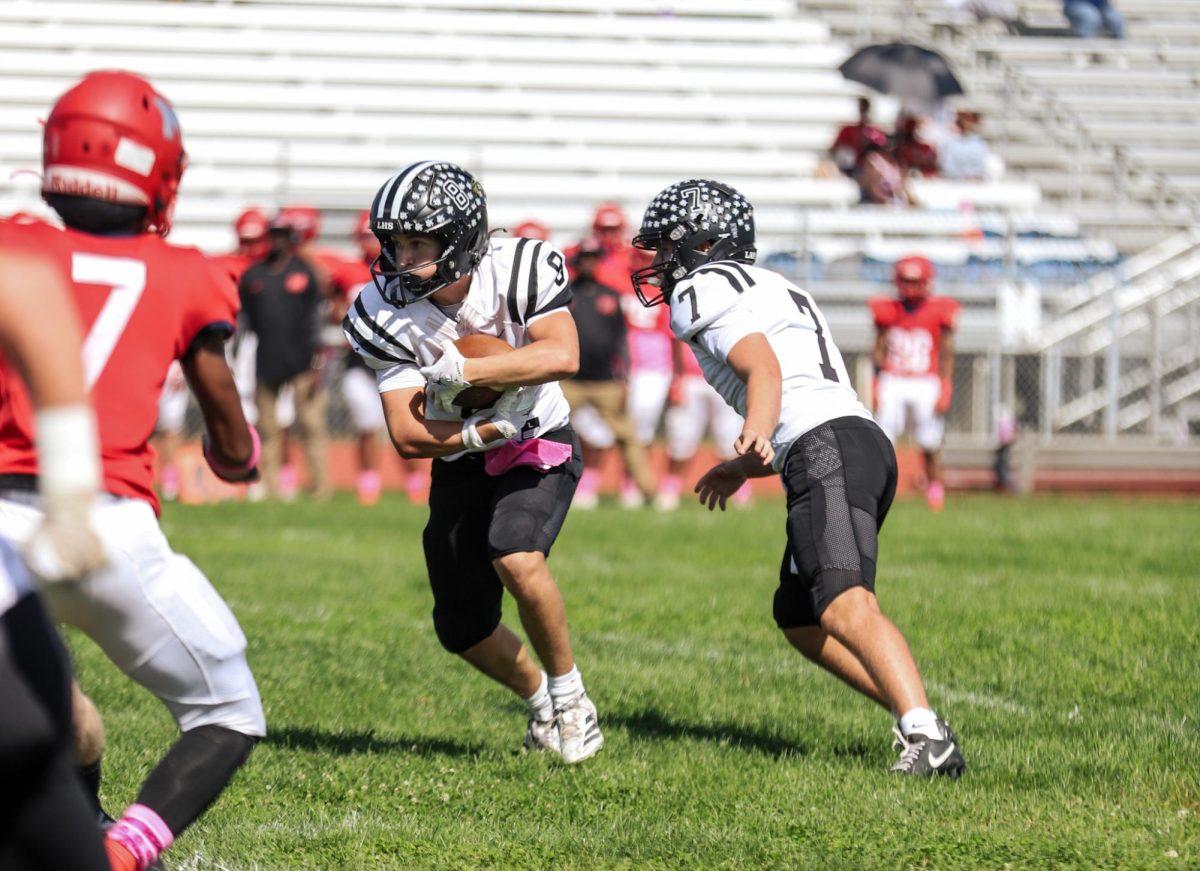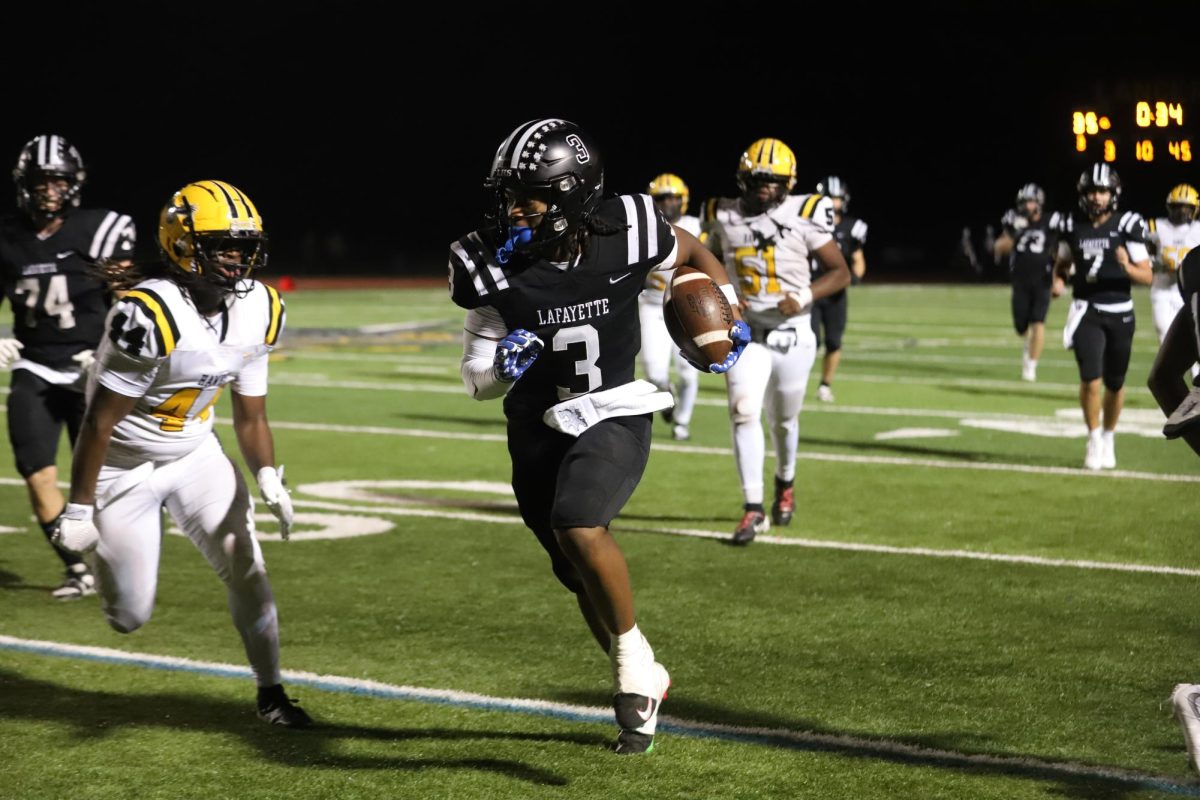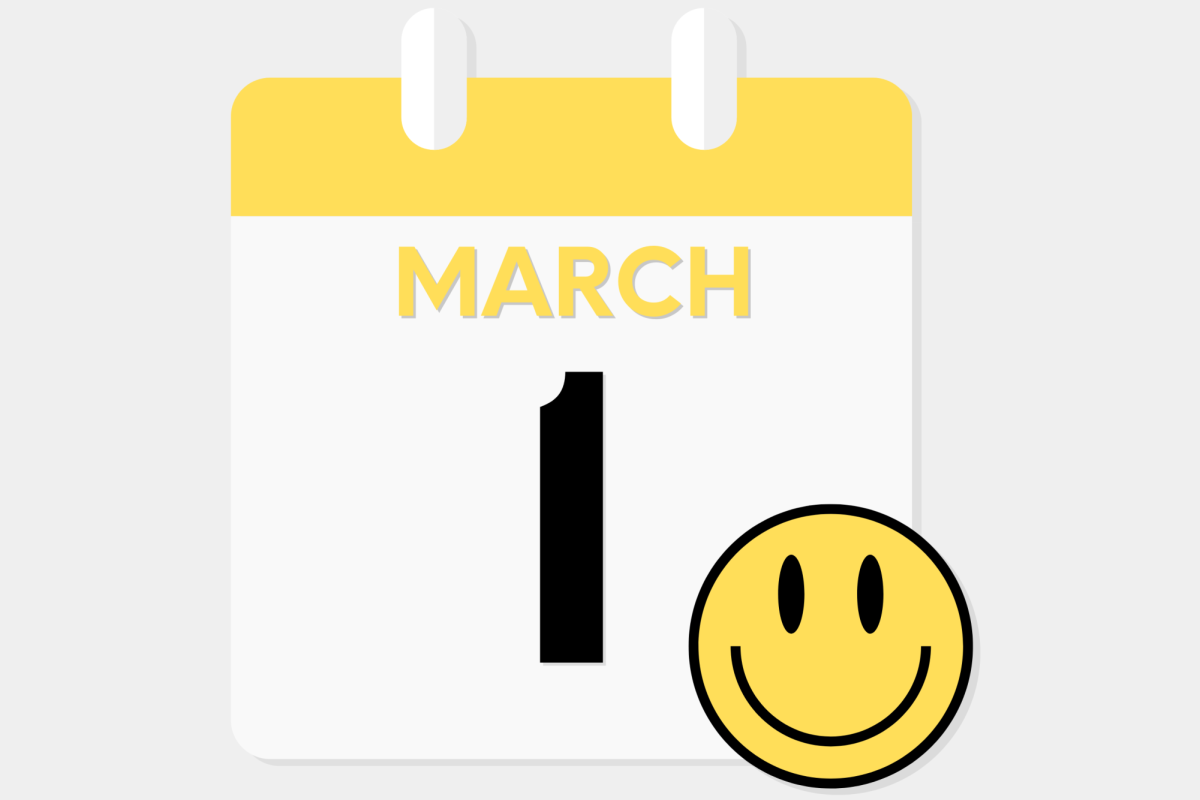ALBUM REVIEW: “When We All Fall Asleep, Where Do We Go?” by Billie Eilish
April 4, 2019
On her debut album “When We All Fall Asleep, Where Do We Go?”, 17-year-old artist Billie Eilish has proved herself a force to be reckoned with.
Wait, what? Yes, you read that right. SEVENTEEN. Despite being younger than many of the students at Lafayette right now, Eilish has 16 million Instagram followers, hundreds of millions of Spotify streams and TV appearances with Jimmy Kimmel, James Corden, Ellen and Jimmy Fallon. More importantly, she’s also already had eight songs crack the Billboard Hot 100.
And although it may seem like a new pop star is created every second, Eilish’s new album is a striking indication that her career will last far beyond the proverbial 15 minutes of fame.
Her style—an eerie mélange of pop, indie, trap and alternative, influenced by the likes of Tyler, the Creator, Lorde and Lana Del Rey—doesn’t seem like the type of music that would typically get mainstream attention. But Eilish doesn’t worry about that. Instead, she’s figured out a way to channel her sound into something new and unique—and that’s what really makes this album shine.
As the title suggests, “When We All Fall Asleep, Where Do We Go?” is best thought of as a collection of dreams, as Eilish unconsciously weaves through the hidden layers of her psyche. She hints at this throughout—”Xanny”, whose title is a reference to the sedative drug Xanax, features Eilish singing a lullaby, and the short closing track “Goodbye” includes choruses from all of the album’s previous songs in reverse order, as if Eilish is awakening from her reverie. In this way, the album is able to dive deeply into her thoughts about a range of serious topics, such as religion, morality and lost love.
The real highlights of the album are the songs where Eilish is, unabashedly, herself. This includes the powerful track “Bad Guy”, the confident power ballad “You Should See Me in a Crown” and the sanguine “My Strange Addiction”, written by Eilish’s brother, Finneas O’Connell.
Conversely, Eilish’s worst performances on the album are when she deviates from her personal genre. Tracks like “When the Party’s Over” and “I Love You” come across more like indie coffeehouse radio tunes—not a terrible thing in and of themselves, but extremely jarring when juxtaposed with the dark overtones of the rest of this album, and ham-handed when combined with Eilish’s lugubrious vocalization. Perhaps these particular songs would be better served if released as independent singles or shelved for her next project, but as is, they detract from the overall tone of the album as a whole.
That isn’t to say Eilish isn’t a good singer—she’s fantastic, and her talent especially shines through on more introspective songs like “Listen Before I Go”. The instrumentation, done by O’Connell, is incredible as well and fits perfectly with the brooding ambiance Eilish wanted to create, either by accompanying Eilish’s vocals or offering an upbeat melody in contrast to them.
Another thing that Eilish did very well is to balance the intensity as the album progresses. Softer songs like “8” and “Ilomilo” offer a temporary break from the harder tracks on the album, like “Bury a Friend”, without deviating from the mood Eilish is going for. Other artists could definitely take a page from her in that regard. It seems that Eilish created the album with the final product in mind, and it definitely shows.
All in all, “When We All Fall Asleep, Where Do We Go?” is a stunning entrance into the music world. While the album isn’t perfect, on it, Eilish shows she has both the ability to deliver a confident, knockout performance and create sensitive, emotional songs with introspective lyrics. If she can continue this momentum into her budding career, then Eilish is shaping to be one of the biggest stars of the next decade.
Rating: 8 out of 10


